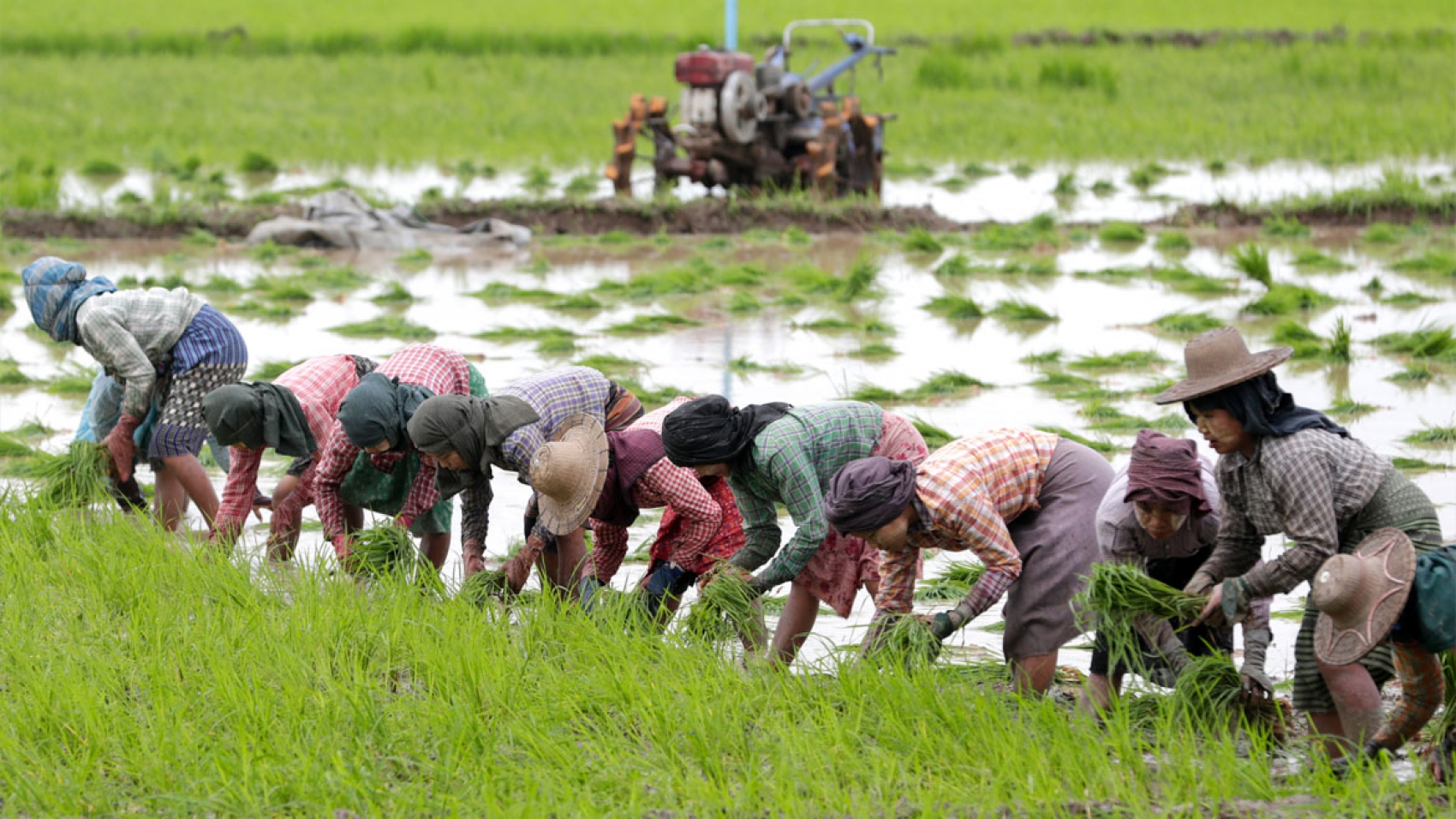The US dollar exchange rate fell by K10, following the Central Bank of Myanmar (CBM) selling 3 million US dollars, according to the local foreign exchange market. The US dollar exchange rate dropped when the CBM started to sell 3 million dollars at an auction rate for the first time on 7 June. The dollar exchange rate against Myanmar Kyat stood at K1,590 per dollar on 7 June. The rate directly fell to K1,577 per dollar on 11 June.
On 12 May, the dollar exchange rate hit a high of K 1730 per dollar in the local foreign exchange market. Consequently, the CBM has been selling dollars at an auction rate since 12 May, resulting in the exchange rate falling to K 1,580 per dollar this month. CBM is selling the US dollar at an auction rate, intending to keep the exchange rate stable. In the domestic market in 2021, the highest and lowest exchange rate is currently fixed around K1,327-1,345 in January, K1,335-1,465 in February, K1,420-1,550 in March, K1,550-1,610 in April and K1,585-1,730 in May.
In 2020, the exchange rate moved in the range of K1,465-1,493 in January, K1,436-1,465 in February, K1,320-1,445 in March, K1,395-1,440 in April, K1,406-1,426 in May, K1,385-1,412 in June, K1,367-1,410 in July, K1,335-1,390 in August, K1,310-1,355 in September, K1,282-1,315 in October, K1,303-1,330 in November and K1,324-1,403 in December. Last year, the rates are pegged at K1,508-1,517 in July, K1,510-1,526 in August, K1,527- 1,565 in September, K1,528-1,537 in October, K1,510-1,524 in November and K1,485-1,513 in December. On 20 September 2018, the dollar exchange rate hit an all-time high of K1,650 in the local currency market.
Source: The Global New Light of Myanmar


